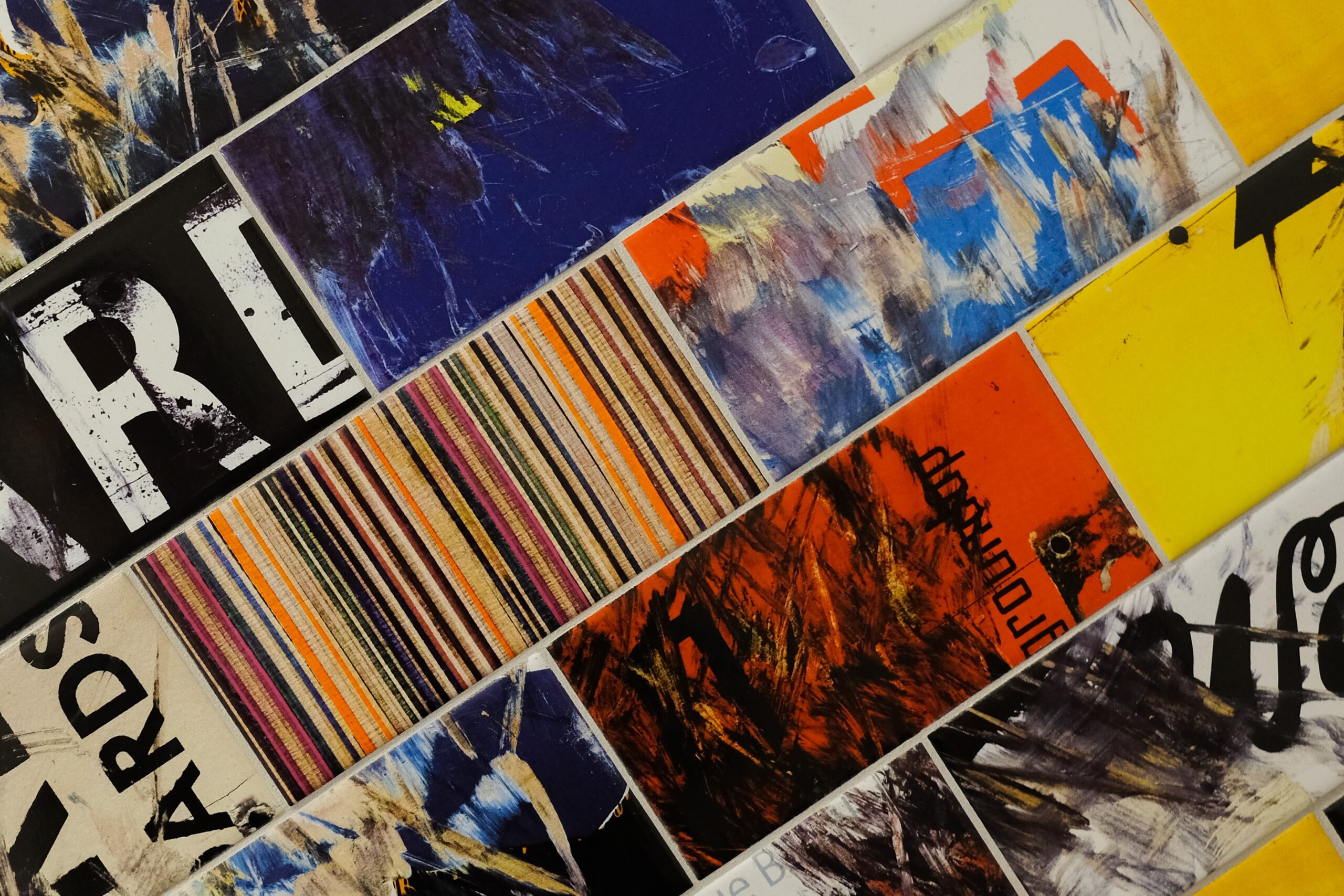After reading “An Introduction to and Strategies for Multimodal Composing” by Melanie Gagich, I understand what composes a multimodal assignment. This is my first time hearing or reading about a multimodal assignment, and I believe it’s such a fun way to approach information. At first, when I saw the word “Multimodal” I instantly thought about something to do with technology, but as I started to read the article, I was able to understand the different types of multimodal possibilities that can be designed. Although technology can be involved, there are different ways to design multimodal projects. Gagich emphasizes in five different modes to transmit information, which are visual, linguistic, spatial, gestural, and aural. These modes can all be used to interpret writing or an idea. I like how Gagich specifies that just because we use the term “multimodal text,” it doesn’t mean that we have to think about pens, writing an essay, or in general, associated with formal writing. A multimodal text is a piece of communication that can take many forms (Gagich.)
Bringing back literacy
Multimodal design/text assignments allow students to express their ideas freely. The remixed essay brings me back to the first topic we delved into, which was literacy. Letting students convert essays into multimodal designs gives students incentive to show what they are literate in. Not everybody finds it easy to write an essay or read for hours. Therefore, this remixed essay allows students to express their literacy.
CRAP is useful
The article “Beyond Black on White: Document Design and Formatting In The Writing Classroom” by Michael J. Klein & Kristi L. Shackelford, describes elements that help design a document. The article states that a document design doesn’t necessarily require writing. A design can only be an image because images can make your point more persuasive than pages of writing. The authors describe four key design elements that are linked together to ensure your document looks its best (Klein and Shackelford.) Contrast, repetition, alignment, and proximity. The acronym is CRAP, which may sound humorous, but it’s a good way of remembering the functions of these elements. These four components help students understand the importance of designing a document. Even plain writing can become more appealing when implementing these four elements. My biggest takeaway is that we don’t have to make everything so formal. We can design our documents to be more appealing and attractive to our readers.





Leave a Reply